A 20 meter wide band of holes, known as the “Mysterious Nazca Holes,” is an archaeological site located in the Nazca region of Peru. It consists of approximately 6,900 to 7,000 small holes or cavities arranged in a linear pattern across the desert floor, stretching for approximately 1 kilometer (0.62 miles) in length. The purpose of these holes remains a mystery, and they are believed to have been created by the ancient Nazca culture, which flourished in the region between 100 BC and 800 AD. The exact function of the Band of Holes is subject to ongoing research and speculation within the archaeological community. This enigmatic feature is just one of the many remarkable archaeological sites found in the Nazca region.
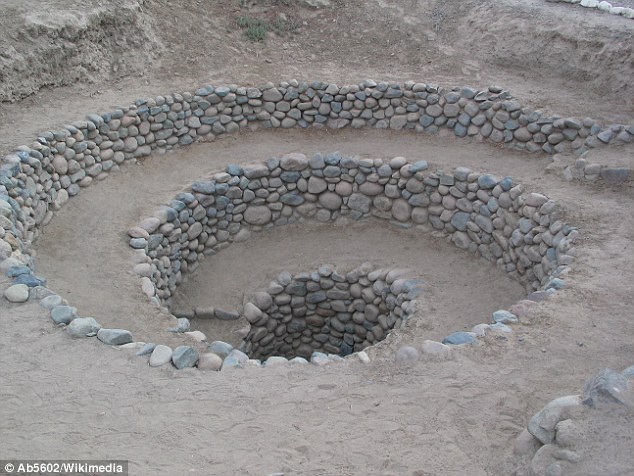
Strange spiraling holes dotted across the arid valleys of southern Peru have puzzled generations of archaeologists. However, researchers now believe they may have solved the mystery of the Nazca holes, known as puquios, with the help of satellite images and data.
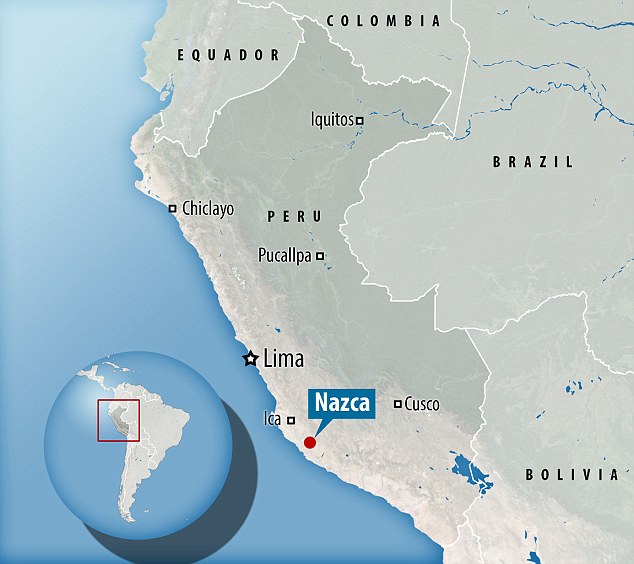
These holes are thought to be part of a sophisticated hydraulic system that allowed the ancient Nazca civilization to retrieve water from underground aquifers. The Nazca culture, which flourished around 100 BC to 800 AD, is also known for creating the vast geoglyphs on the featureless landscape, known as the Nazca lines.

Rosa Lasaponara, from the Institute of Methodologies for Environmental Analysis in Italy, said the holes appear to have enabled the Nazca to survive in the notoriously drought-stricken region. She explained that the water drawn to the surface by the funnel-shaped holes turned the area into a flourishing landscape capable of supporting agriculture.
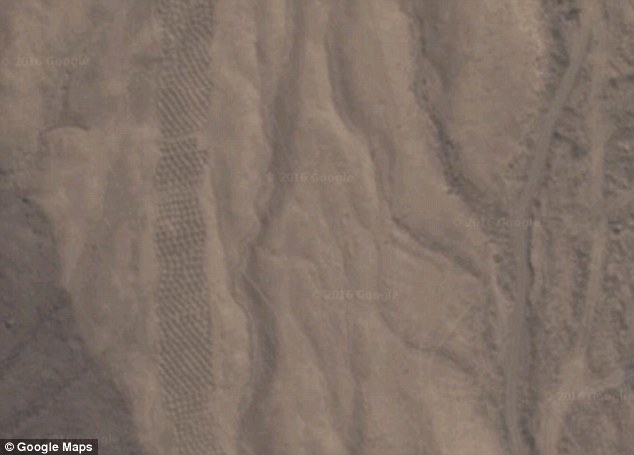
Speaking to BBC Future, she said: “What is clearly evident today is that the puquio system must have been much more developed than it appears today. Exploiting an inexhaustible water supply throughout the year, the puquio system contributed to intensive agriculture in the valleys of one of the most arid places in the world.”
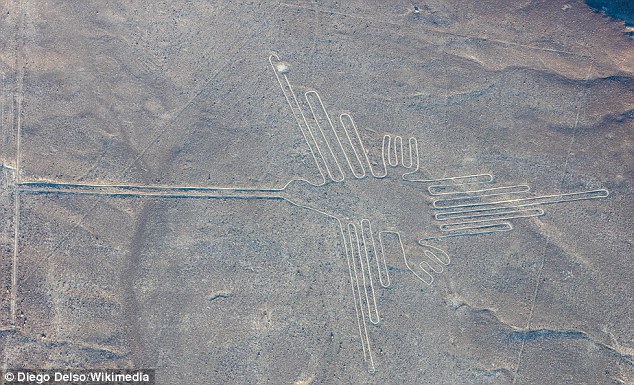
Archaeologists have long suspected the puquios were part of an aqueduct system, but how they worked has been poorly understood. They are believed to be distinct from the huge bands of holes visible in the nearby Pico Valley, which are thought to have been used by the Nazca for storage.
Dr. Lasaponara and her team used satellite images to examine how the puquios were distributed across the Nazca region in relation to ancient networks of trenches. They also used satellite data to examine current soil moisture and vegetation changes in the region. The group concluded that the puquios appear to have helped irrigate the surrounding landscape through the network of channels.

There is evidence that the puquios are still functioning to a lesser degree today. It is thought that they operated by channeling wind into the earth down the corkscrew holes and into a series of underground canals that carried water from aquifers. This influx of air kept the water moving along the canals, forcing it out into the network of channels where it was needed.
Dr. Lasaponara and her colleagues are due to present their findings at the General Assembly of the European Geosciences Union later this month. In a paper written for the meeting, Dr. Lasaponara and Nicola Masini explained that despite this engineering feat, the Nazca were still subject to the whims of nature.
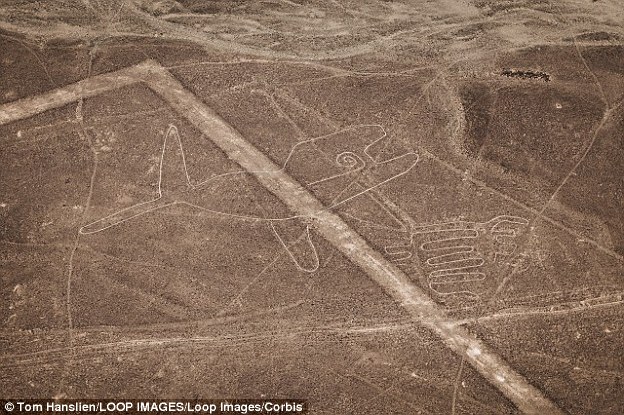
“Despite the arid and extreme nature of the environment, this region was populated by important civilizations, such as Paracas and Nazca, which flourished in the Early Intermediate period (200 BCE-500 AD),” they wrote. “In particular, the Nazca civilization is well-known for its refined and colorful pottery, characterized by a rich iconographic repertory, and above all, by the huge and mysterious geoglyphs drawn on the arid plateaus of the Rio Grande de Nazca Basin.”
They further elaborated that to practice agriculture, the Nazca developed strategies to cope with hostile environmental factors and water scarcity by building an efficient aqueduct system. They were aided by the fact that underground water was likely close to the surface and accessible by constructing wells and underground aqueducts, known by the Quechua name of puquios. The effectiveness of these hydraulic engineering techniques depended on the climate and weather events, which sometimes underwent drastic changes due to the cyclical phenomenon of El Niño Southern Oscillation.
The Nazca are perhaps more famous for the giant geoglyphs and images etched into the desert of Peru. Little is known about this civilization as they had no writing system. But Dr. Lasaponara claims that the construction of the puquios shows just how sophisticated they were. She told the BBC, “What is really impressive is the great efforts, organization, and cooperation required for their construction and regular maintenance.”




